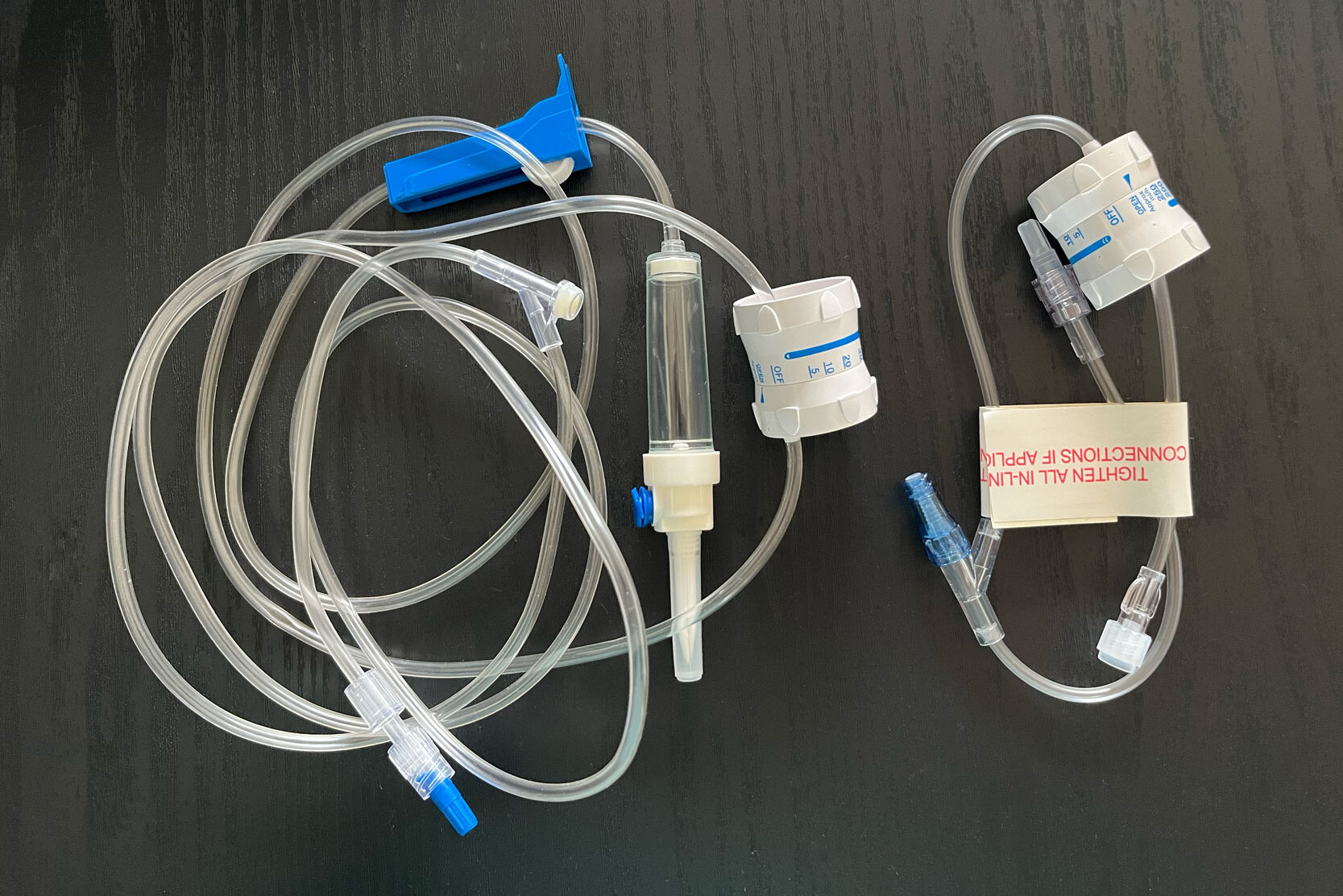…many different ways to manage these wounds, this is one technique using a Foley Catheter (designed for urine drainage) to tamponade bleeding. It is best studied in neck wounds. This…
In support of our daughter’s experience at a local Girl Scout camp, we agreed to help rewrite the curriculum for their “Rainbow Progression” program of outdoor skills to ensure kids can be prepared. The program teaches girls from 6 to …
BLUF: The Dial-A-Flow IV regulating device is a cheap, lightweight, and easy option for administering IV infusions when traditional IV pumps aren’t available. Although it’s accuracy to deliver the exact volume of IV fluid desired can be + / – …
🕖 Reading Time, 4 minutes This video of an attempted bank robbery in Brazil shows that some injuries are just too rapidly fatal to intervene on. Based on Vietnam data, fatal penetrating neck wounds result from about 1/3 transection of …
🕖 Reading Time, 3 minutes The primary historic mission of US Army Special Forces is Unconventional Warfare. A 12-person Special Forces team infiltrates into an occupied nation at war to raise and train a guerrilla army to fight for the …
🕖 Reading/viewing Time, 6 minutes They may look like legitimate commercial versions but are not made to the same quality standard. Know your gear. In this excerpt from our online class learn about the problem – want more? Get the …






